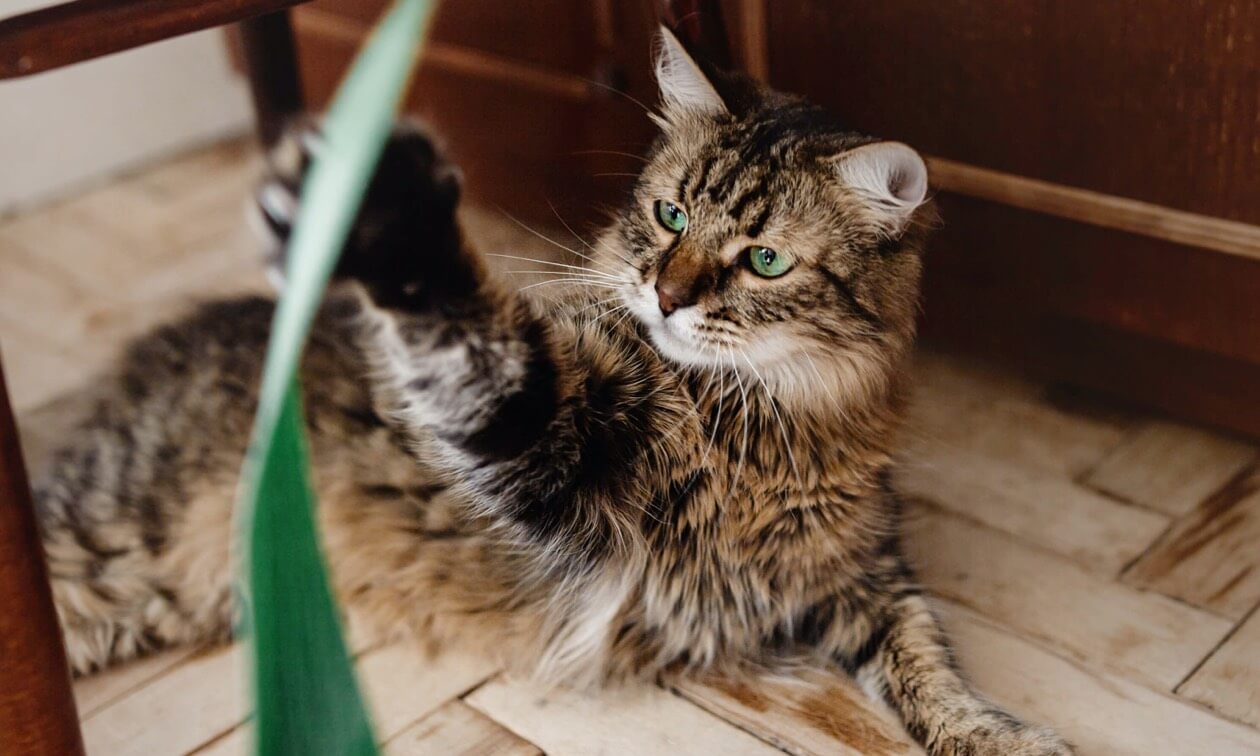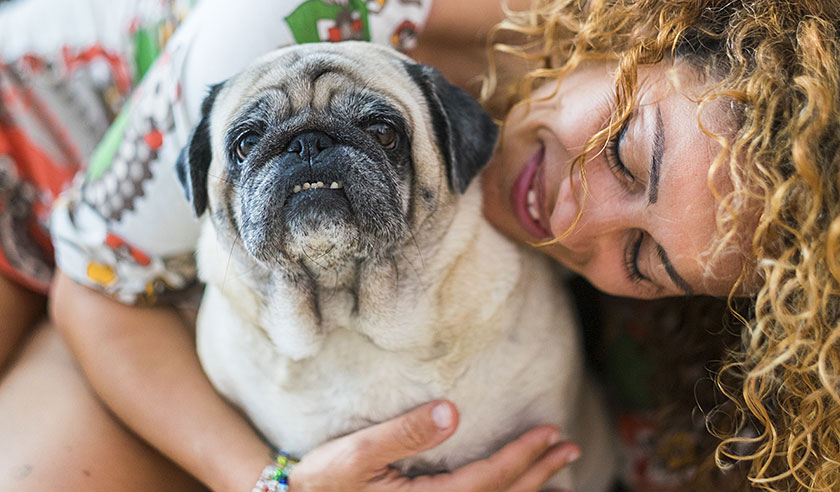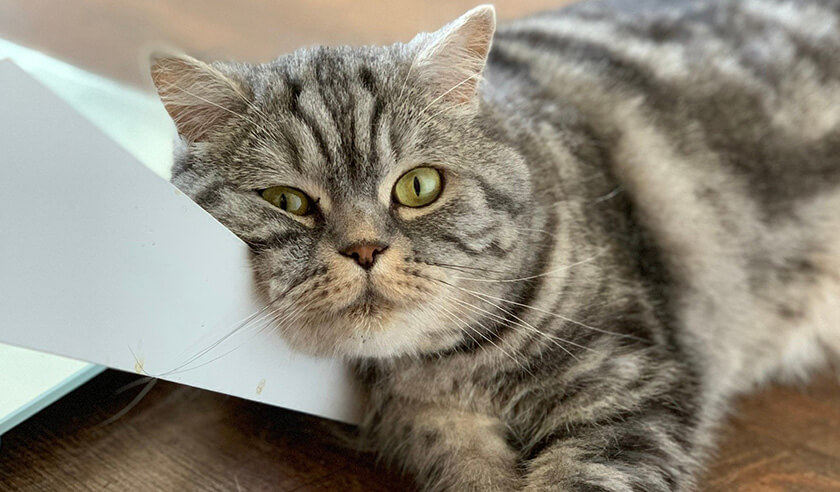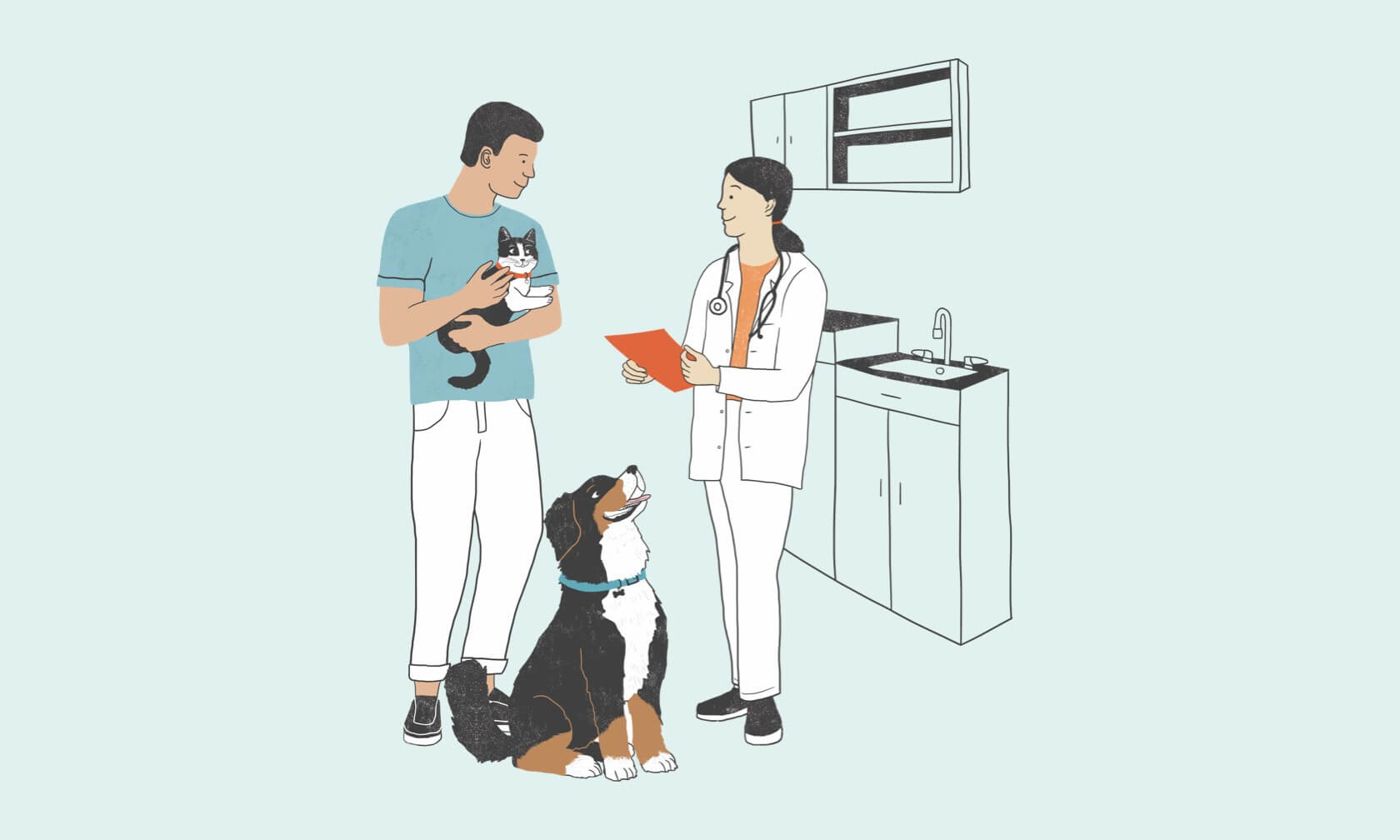Even though cats can live into their twenties these days, they’re generally considered “senior” at around 8 to 10 years of age[1]. This means cats can be senior kitty citizens for more than half their lives. As with humans, those advancing years come with health and mobility issues. However — also like humans — we can ease the impact these changes have on our cat’s quality of life. How? By keeping them active.
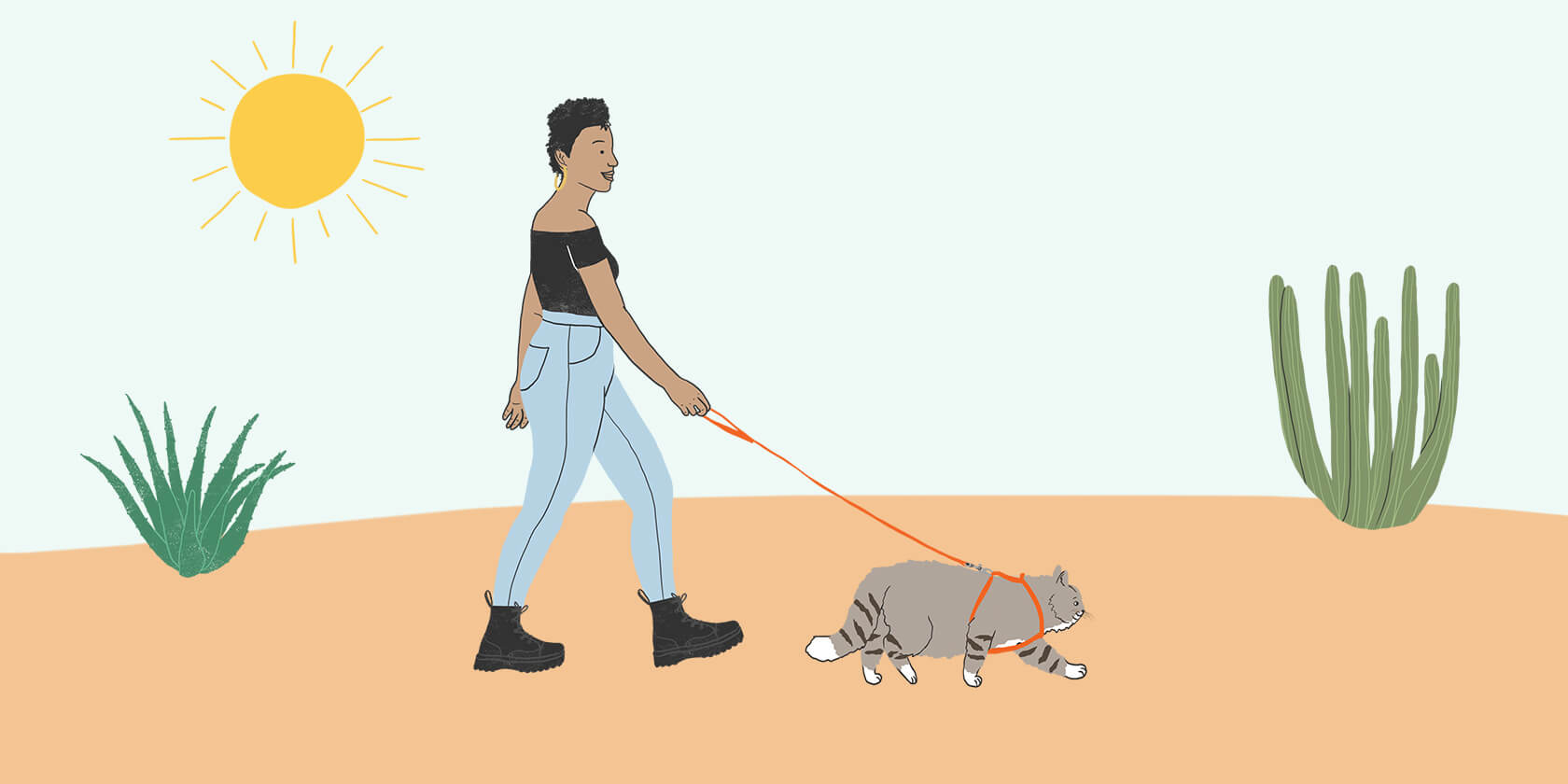
What to Expect As Your Cat Gets Older
Even the most energetic and athletic cats will slow down as they get older. Joints may become less flexible, and muscles may weaken, limiting their mobility. They may have less of an appetite, and a drop in protein intake can impact muscle health. Weight can often increase as activity levels decrease, putting more pressure on the joints. Osteoarthritis is quite common in senior cats, affecting nearly 40% of all cats[2], and can be painful if left untreated. It’s essential to look for and recognize their subtle signs of pain and discomfort.
You may see them spending more time at ground level instead of jumping up on the couch, bed, and other perches. They may still be able to make those big jumps, but it might seem like they’re psyching themselves up before launch. In fact, they may seem a bit more nervous or anxious in general if they don’t feel as strong as they used to. They may also walk up and down the stairs differently than they used to walk.
You’ll also notice their energy level and endurance for play will start to lessen. This doesn’t mean it’s time to make them a cozy bed and let them sleep the days away (quite the opposite). The key is to pay close attention to how their bodies are changing and provide enrichment and movement that supports their health without pushing too far or too hard. Your vet may even recommend warming your cat’s muscles up before activity or icing them after activity.
How to Recognize Your Senior Cat’s Physical Limitations
Look to your cat and your veterinarian to guide you. Remember, your veterinarian is your partner as your cat ages. In fact, take some video of your cat walking, lying down, jumping, and playing and share it with your veterinarian so they can see how limited your cat’s mobility may be. You can also use these videos to get a sense of what your cat is comfortable doing and where they may feel challenged. Keep this information in mind as you think about activities your senior cat can do safely to keep those muscles and joints moving. Remember, if you push beyond their comfort level, they’re at risk of injury or being extra achy. If you’re trying to engage in a play session beyond their limits, they may opt-out altogether, and you lose the opportunity for exercise.
Never assume a change in your cat’s behavior, physical or otherwise, is just a result of getting older. It’s important to speak with your veterinarian anytime you see changes to your cat’s “normal.”
Ways to Keep Your Senior Cat Active
- Make Adjustments to Old Favorites
They probably still love their favorite toys, but must use them a little differently. With wand and string toys, move more slowly and play at ground level, with the occasional small jump or climb to higher spots as your cat’s mobility allows. With tossing toys like furry mice or springs, make it a lighter toss that doesn’t require your cat to fly down the hallway. Consider having play sessions on a carpeted area for better traction, rather than a slippery hardwood or tile floor. - Focus on One Thing at a Time
When young, your cat may have been a great multitasker, but coordination decreases with age and it may be more difficult for them to pursue a prey toy the way they used to. It’s best to pick one important movement to work on. For example, instead of waving the wand toy up and over the back of the couch where your cat has to “hunt” while balancing so they don’t fall off, do balance work for a treat reward instead. Or place a stationary toy up there that your cat can bat and knock off versus having to catch a moving toy while balancing. - Entice Your Cat Into Playing
Just because you want to keep your cat moving doesn’t mean they feel like moving. You may have to do some coaxing. Try catnip to pique your cat’s interest in a toy or spark their energy. Have your cat’s prey toy “hide” behind something and make some noise. This can be very enticing for cats. Don’t give up if your cat bats at the toy a couple of times and then stops. Seeing that toy moving for a while may get them interested again. Remember, staring is part of a cat’s prey sequence — if they’re still watching, they’re still engaged. - Offer Activities That Don't Need a Lot of Movement
Not all enrichment has to be super active. Ball and track toys let older cats swat at the ball and watch it move. A cardboard box with a hole cut in it can be a fun cave. Brown packing paper on the floor, sprinkled with catnip, can be loads of fun to roll around in. Battery-powered toys that move under a fabric cover or spin around a stationary pedestal let your senior cat use their eyes, ears, and paws without having to run around. Try pet stairs to help your cat get up to their favorite perches and watching spots. - An Active Mind Is Just As Important as an Active Body
Even if your cat has lost mobility and isn’t up for play, you can still keep them mentally active. Birdfeeders outside windows or bird and insect videos on TV can pique your cat’s interest. Training using very simple, low-movement commands like touching a target with their nose or raising a paw will wake up that brain. Even simply bringing them something new to investigate can be exciting and work their minds. Has your cat ever smelled an apple or checked out a small branch from a tree? Are they interested in your electric toothbrush or what’s inside the hall closet? Let them examine things they don’t interact with every day to create a simple, new experience.
Most importantly, speak with your veterinarian about how they can help you to keep your cat happy and active.
ZPC-01783
- M Ray, et al. 2021 AAFP Feline Senior Care Guidelines. Journal of Feline Medicine and Surgery. (2021)
- E.M. Hardie, et al. Radiographic evidence of degenerative joint disease in geriatric cats: 100 cases (1994-1997). J Am Vet Med Assoc, 220 (5) (2002)
